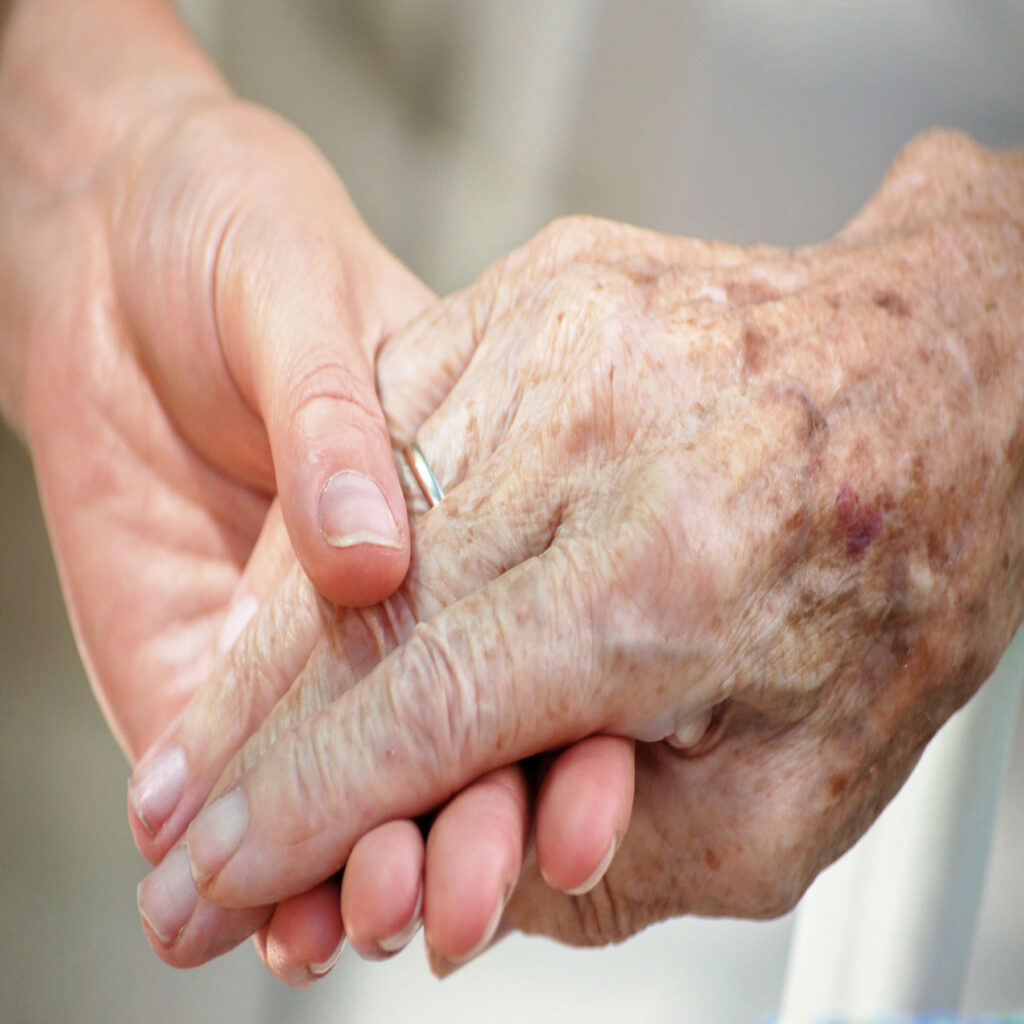Global Handwashing Day, celebrated on October 15th every year, emphasizes the importance of hand hygiene in preventing the spread of infections. This day serves as a reminder that a simple act like handwashing can have a profound impact on health and well-being, especially in vulnerable populations like the elderly. Senior care environments, such as nursing homes and assisted living facilities, house individuals who are particularly susceptible to infections due to weakened immune systems and underlying health conditions. Implementing effective hand hygiene practices is therefore crucial in reducing the spread of infections in these settings.
Why Handwashing is Critical in Senior Care
In senior care environments, infections like pneumonia, influenza, and gastrointestinal illnesses can spread quickly and have severe consequences. According to the Centers for Disease Control and Prevention (CDC), handwashing can reduce the risk of respiratory infections by 16-21% and gastrointestinal infections by 31%. Given that the elderly are more vulnerable to these infections, proper hand hygiene among caregivers, staff, and residents is essential to maintaining a healthy environment.
Elderly individuals often face additional challenges like mobility issues, cognitive decline, or chronic illnesses, which can impair their ability to maintain personal hygiene. Caregivers play a pivotal role in supporting hand hygiene practices, making handwashing an integral part of daily routines and care plans.
Best Practices for Hand Hygiene in Senior Care Facilities
To ensure effective infection control in senior care environments, the following hand hygiene practices should be enforced:
- Regular Handwashing: All staff, caregivers, and visitors should wash their hands regularly, particularly after using the restroom, before eating, and after providing care to residents. Proper handwashing with soap and water for at least 20 seconds is one of the most effective ways to remove germs.
- Alcohol-Based Hand Sanitizers: When soap and water are not readily available, alcohol-based hand sanitizers with at least 60% alcohol can be used as a convenient alternative. Sanitizers should be placed in common areas, entrances, and resident rooms for easy access.
- Education and Training: Caregivers and staff should be regularly trained on proper hand hygiene techniques and the importance of infection prevention. Visual reminders such as posters and hand hygiene stations can also reinforce the message.
- Resident Participation: Encouraging residents to participate in hand hygiene, especially before meals and after using the bathroom, is critical. Caregivers can assist those who are unable to wash their hands independently.
- Regular Monitoring: Infection control officers should ensure compliance with hand hygiene protocols by regularly monitoring handwashing practices and providing feedback.
Reducing the Spread of Infections
Implementing stringent hand hygiene practices can significantly reduce the risk of infections in senior care environments. It also helps prevent the spread of drug-resistant bacteria, which can be particularly dangerous for the elderly. Beyond individual care, hand hygiene contributes to the overall health of the facility, protecting both residents and staff from outbreaks of contagious diseases.
Conclusion
On Global Handwashing Day, it is essential to recognize the role of hand hygiene in safeguarding the health of seniors in care environments. By promoting and practicing proper handwashing, we can help reduce the spread of infections and enhance the quality of life for elderly residents. Hand hygiene is not just a routine task—it’s a simple, life-saving action that can protect one of the most vulnerable populations.
